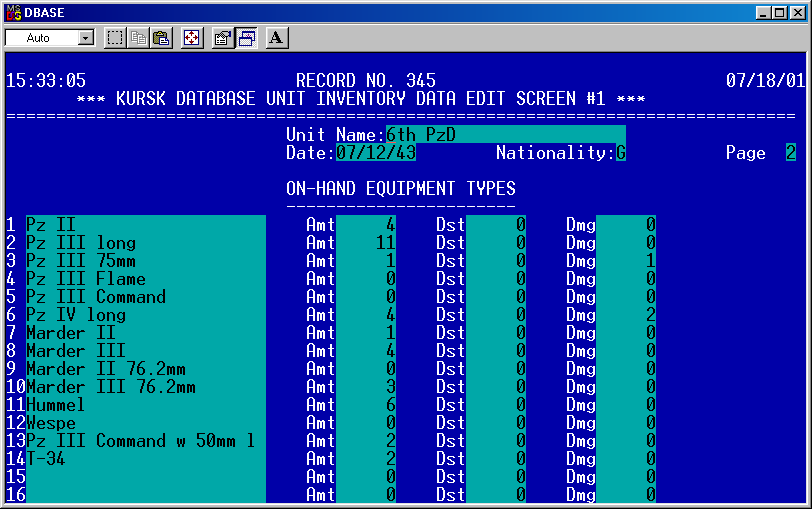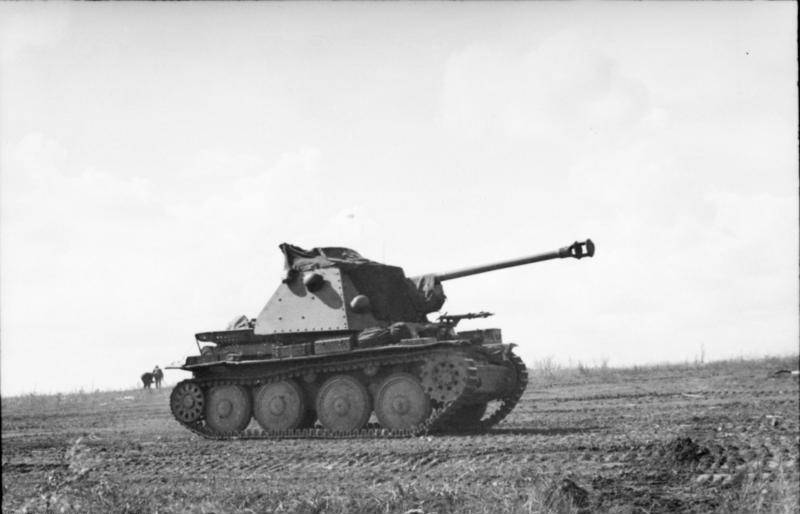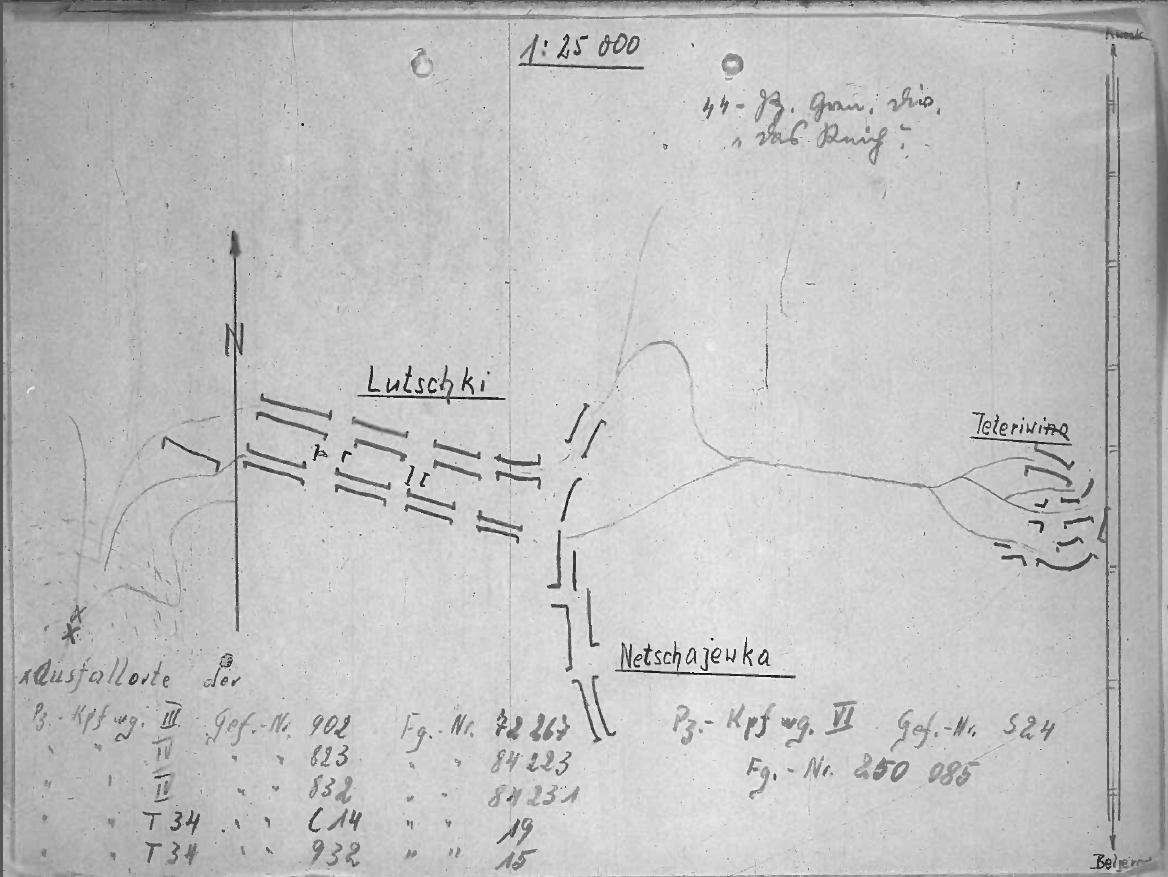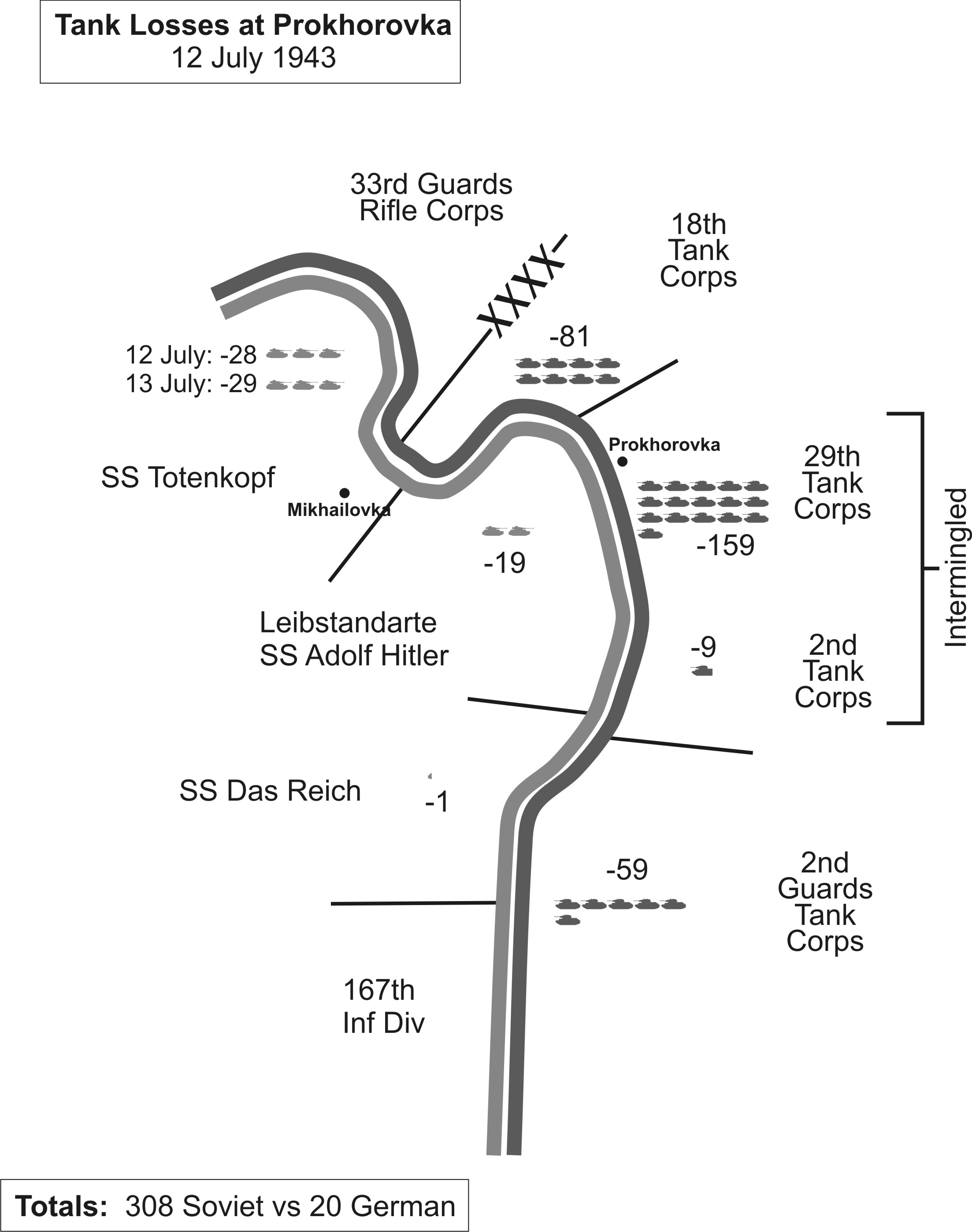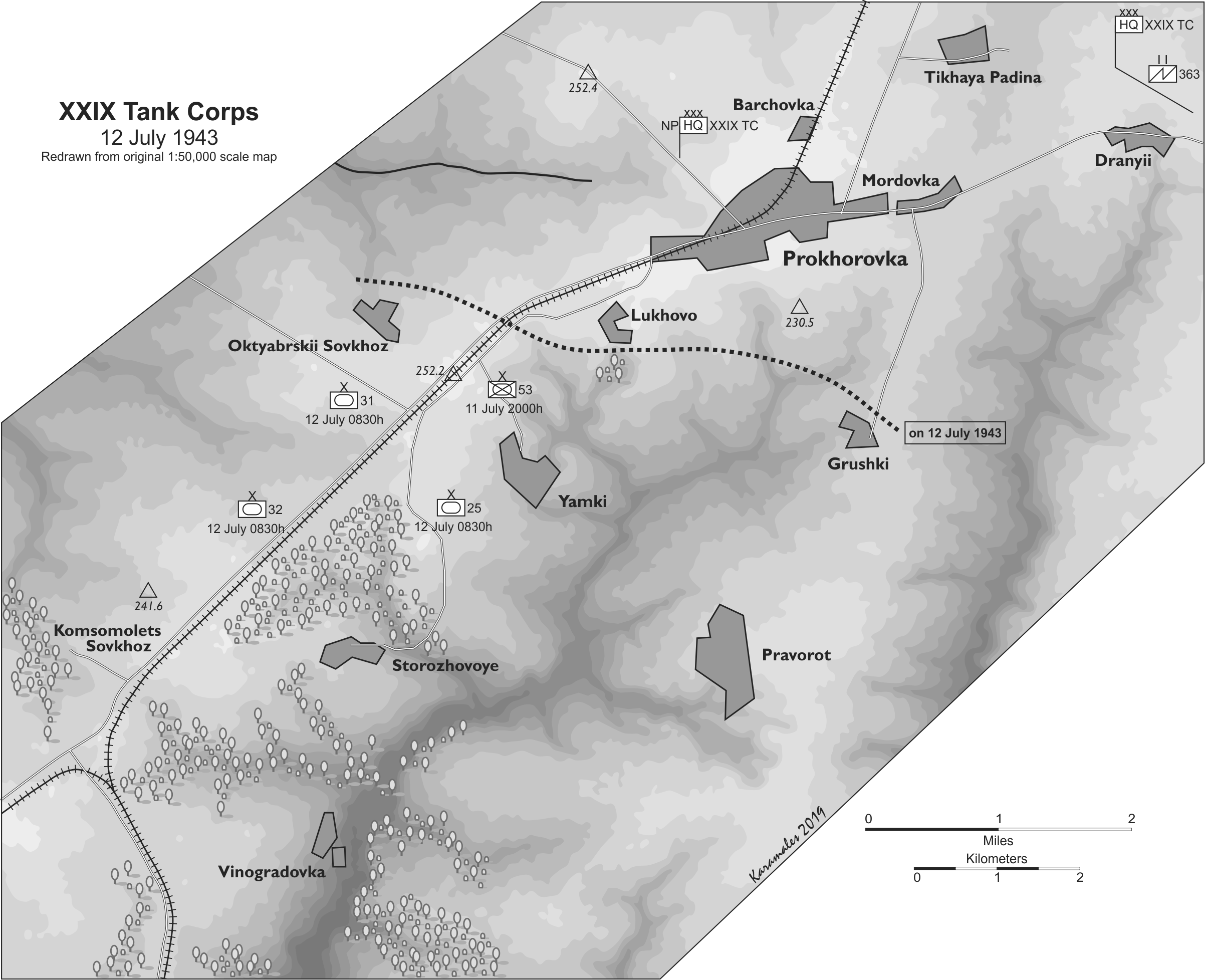 Some of the accounts of the Battle of Prokhorovka get overly focused on the tank ditch that the Soviet XXIX Tank Corps hit. Part of this is because some accounts of this battle focus primarily on the attack of the Soviet XVIII Tank Corps and XXIX Tank Corps against the German LSSAH Division. As shown in the previous posts, the LSSAH did not fight alone and was supported on both flanks by the engaged Totenkopf SS and Das Reich SS Divisions. But even this expanded account is not the whole battle of the day, as the Soviet offensive also included attacks by the II Guards Tanks Corps and the II Tank Corps and a number of rifle divisions. The Totenkopf SS was engaged with the Fifth Guards Army, and elements of the 69th Army engaged the Das Reich SS and the German 167th Infantry Division.
Some of the accounts of the Battle of Prokhorovka get overly focused on the tank ditch that the Soviet XXIX Tank Corps hit. Part of this is because some accounts of this battle focus primarily on the attack of the Soviet XVIII Tank Corps and XXIX Tank Corps against the German LSSAH Division. As shown in the previous posts, the LSSAH did not fight alone and was supported on both flanks by the engaged Totenkopf SS and Das Reich SS Divisions. But even this expanded account is not the whole battle of the day, as the Soviet offensive also included attacks by the II Guards Tanks Corps and the II Tank Corps and a number of rifle divisions. The Totenkopf SS was engaged with the Fifth Guards Army, and elements of the 69th Army engaged the Das Reich SS and the German 167th Infantry Division.
But even this was not the Battle of Prokhorovka. By Soviet accounts, the battle includes all the fighting around Prokhorovka from the 12th and 13th, including Trufanov’s Detachments, the V Guards Mechanized Corps, all of the 69th Army and picking up the fighting against the III Panzer Corps (6th Panzer Division, 7th Panzer Division, 19th Panzer Division and 168th Infantry Division). This much larger definition, which also picks up elements of the 11th Panzer Division, is the standard definition used in Soviet sources (see Definition 2 on page 1324 of my Kursk book).
But, this is really not all that was happening on the 12th, as the Soviets were also engaged with the German XLVIII Panzer Corps with five tank and mechanized corps and actually achieved a significant penetration. Also the Soviet Seventh Guards Army unleashed attacks on the III Panzer Corps and Corps Raus.
So…..while the tank ditch was a major factor affecting the attack of one Soviet tank corps this day, it was one of ten engaged Soviet tank and mechanized corps this day along with at least 25 engaged Soviet guards rifle, airborne and rifle divisions. The significance of the tank ditch story shrinks when you zoom out and look at the entire battlefield.
But, as the tank ditch is such a good story, the story of Prokhorovka often focuses on the Soviet tank ditch from the 69th Army’s defensive system that was unknown to the attacking V Guards Tank Army. This story does seem to grow in the telling.
I do not know for certain how many tanks drove into or were destroyed in and around the tank ditch. The morning attack was conducted by two Soviet tank corps, the XVIII Tank Corps attacking on the right and the XXIX Tank Corps attacking on the left. The V Guards Mechanized Corps (which is larger and with more tanks than a tank corps) was in reserve in the rear.
The XVIII Tank Corps attack did not hit the tank ditch. Its attack was down the valley of the Pena River, along the border between the LSSAH Division and the Totenkopf SS Division. This attack was stopped by the combined fire from the two German divisions without the assistance of any surprises in the terrain.
The XXIX Tank Corps attacked with two brigades forward and one in second echelon. The right brigade, the 32nd Tank Brigade, was the one that rolled over the 6th panzer company (with 7 Pz IVs) commanded by Captain Rudolf von Ribbentrop (the eldest son of the infamous German foreign minister). This attack hit the tank ditch. As Ribbentrop describes (as he was on the Soviet side of the tank ditch): “Now obviously, the T-34s detected the tank ditch and tried to turn left and cross over the reconstructed bridge.” One notes that Ribbentrop, in his account, does not have any Soviet tanks driving into the tank ditch (see Kursk, page 938 or Prokhorovka, page 326). He does add “As the Russians were now crowded at the bridge and therefore were now flanked and could be killed much easier, the burning T-34s were driving upon one another and ramming one another.” I am not sure how accurate that last description was as later he says, “Now our tank was no longer combat ready and I decided to take it out of operations, i.e., to cross the bridge over the tank ditch and drive to the rear…”
The second source for the tank ditch story is from Sturmann Wilhelm Roes of the 7th panzer company. His interview indicates that he was on the other side (the German side) of the tank ditch. He described the antitank ditch as being 4.5 meters tall on the Russian side and only 1.2 meters on the German side. He describes several Russian tanks driving full speed into the tank ditch. The T-34s were able to continue moving after this, but certainly the shock of such a fall seriously rattled the crew inside. He then states that as they came out of the ditch on the other side, the tank undersides were partially exposed and easy targets (see Prokhorovka, page 328). The source of this story is from Zamulin, Demolishing the Myth, pages 327-328, but his footnote does not state the source, only that the story came from the “author’s personal archive.”
The 25th Tank Brigade attacked to the south of the railroad line that split the battlefield. Does not appear that this tank brigade ever encountered a tank ditch.
Furthermore, 15 T-34s from the 32nd Tank Brigade are reported to have crossed the railway embankment to bypass the Oktyabrskii Sovkhoz along with some infantry from the 53rd Motorized Brigade (see page 319 of my Prokhorovka book). These people did not encounter a tank ditch.
There are only two German accounts of Soviet tanks hitting the tank ditch that I am aware of (but I have not exhaustively looked for every German account). This was the report by Ribbentrop of the 6th panzer company and a report by Roes of the 7th panzer company. So, it does appear that the tank ditch halted the advance of one reduced strength tank brigade and that may have been all. The 32nd Tank Brigade had around 60 T-34s. But, 15 tanks of the first battalion were with the 53rd Motorized Rifle Brigade at Komsomolets Sovkhoz. Therefore, the number of their tanks involved in the attack that went to the tank ditch was 45 or less. Also attached to them was the 1529th Heavy Self-Propelled Regiment (1 KV-1 and 11 Su-152…but took not losses and probably did not see action that day) and three batteries of the 1446th Self-Propelled Regiment, with its other two batteries attached to the 25th Tank Brigade. The regiment had 8 Su-76s and 12 Su-122s ready for action. Probably only a handful of T-34s, at worst, fell into the tank ditch.
The 32nd Tank Brigade suffered the highest losses of any attacking tank brigade of the day, suffering 54 T-34s either burned, knocked out or in need of repair, leaving the brigade with only 6 T-34s. These losses included all 15 T-34s that went to Komsomolets Sovkhoz. The brigade’s reported losses at the end of the day were 100 men killed and 130 wounded.
The 25th Tank Brigade had around 31 T-34s and 36 T-70s. In the second echelon, behind the 32nd Tank Brigade, was the 31st Tank Brigade with around 29 T-34s and 38 T-70s. The 31st Tank Brigade attacked behind the 32nd Tank Brigade and by 1400 (Moscow time) had reached the area one kilometer northeast of Oktyabrskii Sovkhoz. Upon reach the northeastern outskirts of the Oktyabrskii Sovkhoz, the brigade was delayed by German artillery and mortar fire and by “ceaseless” German air attacks (see Prokhorovka, page 320 or Kursk, page 933). It appears to have never gotten to the tank ditch.
So, in the bigger picture, it appears that the tank ditch helped stop the attack of one reduced strength brigade of around 45 T-34s out of the ten tank and mechanized corps engaged that day. Still, it was a significant terrain issue on the tank fields of Prokhorovka.

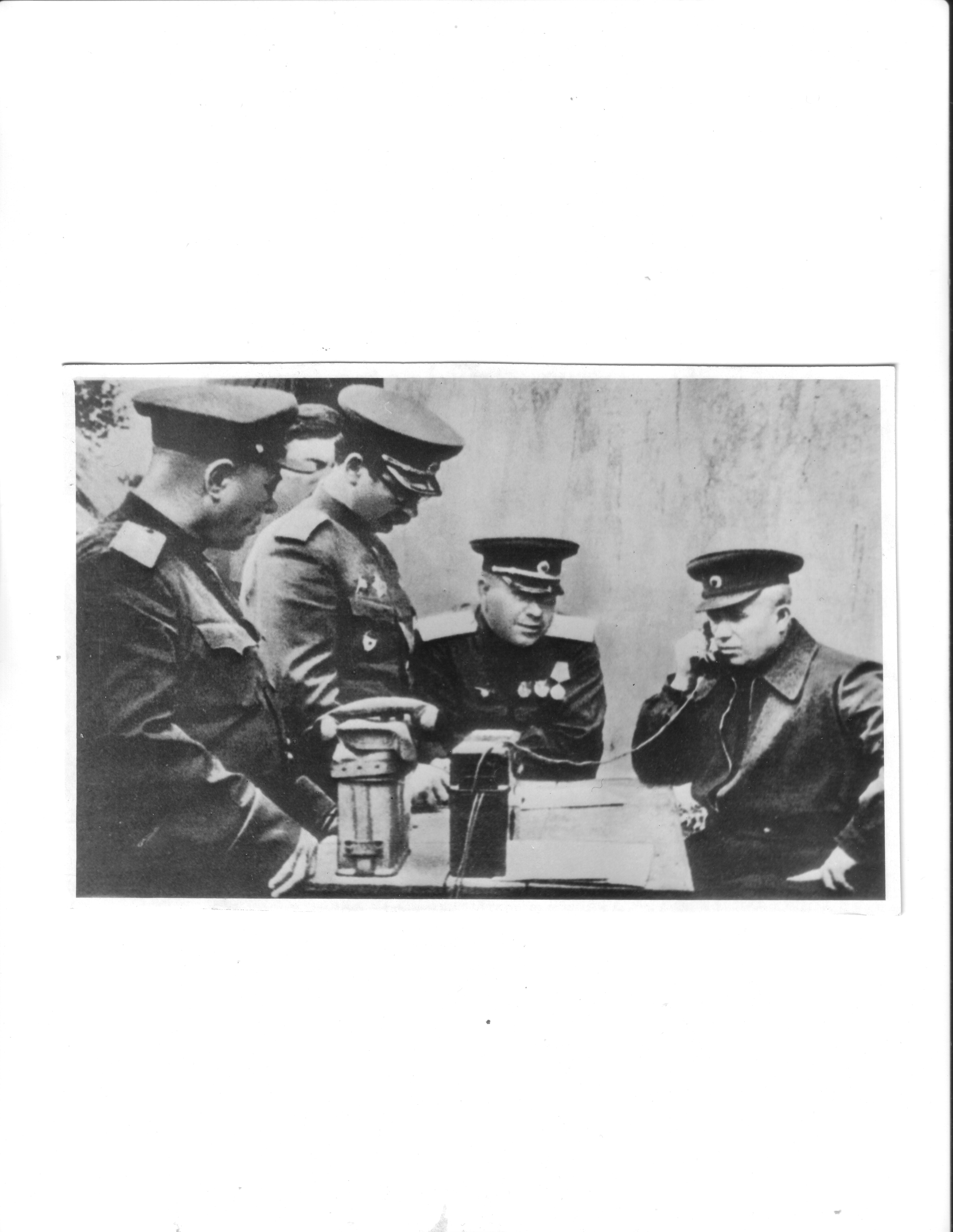 The German offensive at Kursk in the south went from the 4th through the 17th of July 1943. It involved 17 different German divisions. They then withdrew for the next seven days. This is more than 250 division-days of combat from the German perspective. The fight by the Leibstandarte SS Adolf Hitler Division was but one of those division days. Granted it was an important one, but it was not the bloodiest fight done by a German division. That “honor” is held by the 106th Infantry Division and 320th Infantry Division in their fights on the 5th of July. The 5th of July was the bloodiest day of fighting for the Germans. The LSSAH suffered an estimated 383 casualties on the 12th of July. The LSSAH suffered an estimated 645 casualties of the 5th of July. The 5th of July was the bloodiest day of battle for the LSSAH and the Das Reich SS (340 casualties). Totenkopf SS’s bloodiest day was the 11th of July (479 casualties). These casualty figures include DNBI (Disease and non-battle injuries, 9 to 20 a day depending on unit). On the 5th of July it is estimated that the 106th Infantry Division lost 1,183 men while the 320th Infantry Division went through a rather crippling 1,668 men! There are some books on Kursk that don’t even address their operations!
The German offensive at Kursk in the south went from the 4th through the 17th of July 1943. It involved 17 different German divisions. They then withdrew for the next seven days. This is more than 250 division-days of combat from the German perspective. The fight by the Leibstandarte SS Adolf Hitler Division was but one of those division days. Granted it was an important one, but it was not the bloodiest fight done by a German division. That “honor” is held by the 106th Infantry Division and 320th Infantry Division in their fights on the 5th of July. The 5th of July was the bloodiest day of fighting for the Germans. The LSSAH suffered an estimated 383 casualties on the 12th of July. The LSSAH suffered an estimated 645 casualties of the 5th of July. The 5th of July was the bloodiest day of battle for the LSSAH and the Das Reich SS (340 casualties). Totenkopf SS’s bloodiest day was the 11th of July (479 casualties). These casualty figures include DNBI (Disease and non-battle injuries, 9 to 20 a day depending on unit). On the 5th of July it is estimated that the 106th Infantry Division lost 1,183 men while the 320th Infantry Division went through a rather crippling 1,668 men! There are some books on Kursk that don’t even address their operations! Some of the accounts of the Battle of Prokhorovka get overly focused on the tank ditch that the Soviet XXIX Tank Corps hit. Part of this is because some accounts of this battle focus primarily on the attack of the Soviet XVIII Tank Corps and XXIX Tank Corps against the German LSSAH Division. As shown in the previous posts, the LSSAH did not fight alone and was supported on both flanks by the engaged Totenkopf SS and Das Reich SS Divisions. But even this expanded account is not the whole battle of the day, as the Soviet offensive also included attacks by the II Guards Tanks Corps and the II Tank Corps and a number of rifle divisions. The Totenkopf SS was engaged with the Fifth Guards Army, and elements of the 69th Army engaged the Das Reich SS and the German 167th Infantry Division.
Some of the accounts of the Battle of Prokhorovka get overly focused on the tank ditch that the Soviet XXIX Tank Corps hit. Part of this is because some accounts of this battle focus primarily on the attack of the Soviet XVIII Tank Corps and XXIX Tank Corps against the German LSSAH Division. As shown in the previous posts, the LSSAH did not fight alone and was supported on both flanks by the engaged Totenkopf SS and Das Reich SS Divisions. But even this expanded account is not the whole battle of the day, as the Soviet offensive also included attacks by the II Guards Tanks Corps and the II Tank Corps and a number of rifle divisions. The Totenkopf SS was engaged with the Fifth Guards Army, and elements of the 69th Army engaged the Das Reich SS and the German 167th Infantry Division.